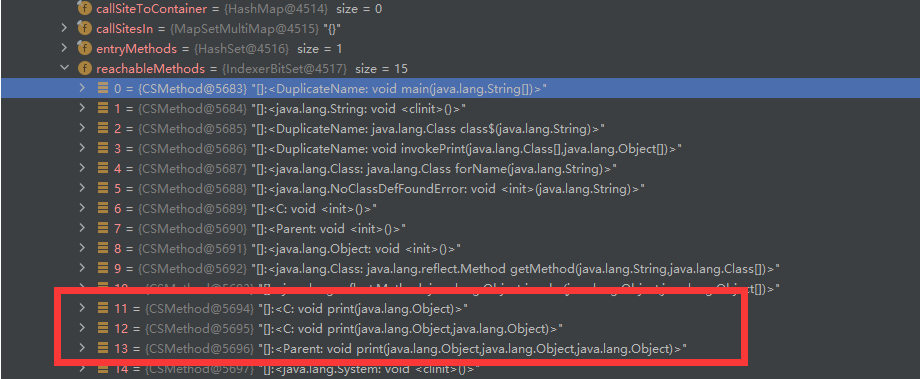Tai-e (Chinese: 太阿; pronunciation: [ˈtaɪə:]) is a new static analysis framework for Java (please see our technical report for details), which features arguably the "best" designs from both the novel ones we proposed and those of classic frameworks such as Soot, WALA, Doop, and SpotBugs. Tai-e is easy-to-learn, easy-to-use, efficient, and highly extensible, allowing you to easily develop new analyses on top of it.
Currently, Tai-e provides the following major analysis components (and more analyses are on the way):
- Powerful pointer analysis framework
- On-the-fly call graph construction
- Various classic and advanced techniques of heap abstraction and context sensitivity for pointer analysis
- Extensible analysis plugin system (allows to conveniently develop and add new analyses that interact with pointer analysis)
- Various fundamental/client/utility analyses
- Fundamental analyses, e.g., reflection analysis and exception analysis
- Modern language feature analyses, e.g., lambda and method reference analysis, and invokedynamic analysis
- Clients, e.g., configurable taint analysis (allowing to configure sources, sinks and taint transfers)
- Utility tools like analysis timer, constraint checker (for debugging), and various graph dumpers
- Control/Data-flow analysis framework
- Control-flow graph construction
- Classic data-flow analyses, e.g., live variable analysis, constant propagation
- Your data-flow analyses
- SpotBugs-like bug detection system
- Bug detectors, e.g., null pointer detector, incorrect
clone()detector - Your bug detectors
- Bug detectors, e.g., null pointer detector, incorrect
Tai-e is developed in Java, and it can run on major operating systems including Windows, Linux, and macOS.
The simplest way is to download it from GitHub Releases.
Alternatively, you might build the latest Tai-e yourself from the source code. This can be simply
done via Gradle (be sure that Java 17 (or higher version) is available on your system). You just
need to run command gradlew fatJar, and then the runnable jar will be generated in tai-e/build/,
which includes Tai-e and all its dependencies.
We are hosting the documentation of Tai-e on the GitHub wiki, where you could find more information about Tai-e such as Setup in IntelliJ IDEA , Command-Line Options , and Development of New Analysis .
In addition, we have developed an educational version of Tai-e where eight programming assignments are carefully designed for systematically training learners to implement various static analysis techniques to analyze real Java programs. The educational version shares a large amount of code with Tai-e, thus doing the assignments would be a good way to get familiar with Tai-e.








